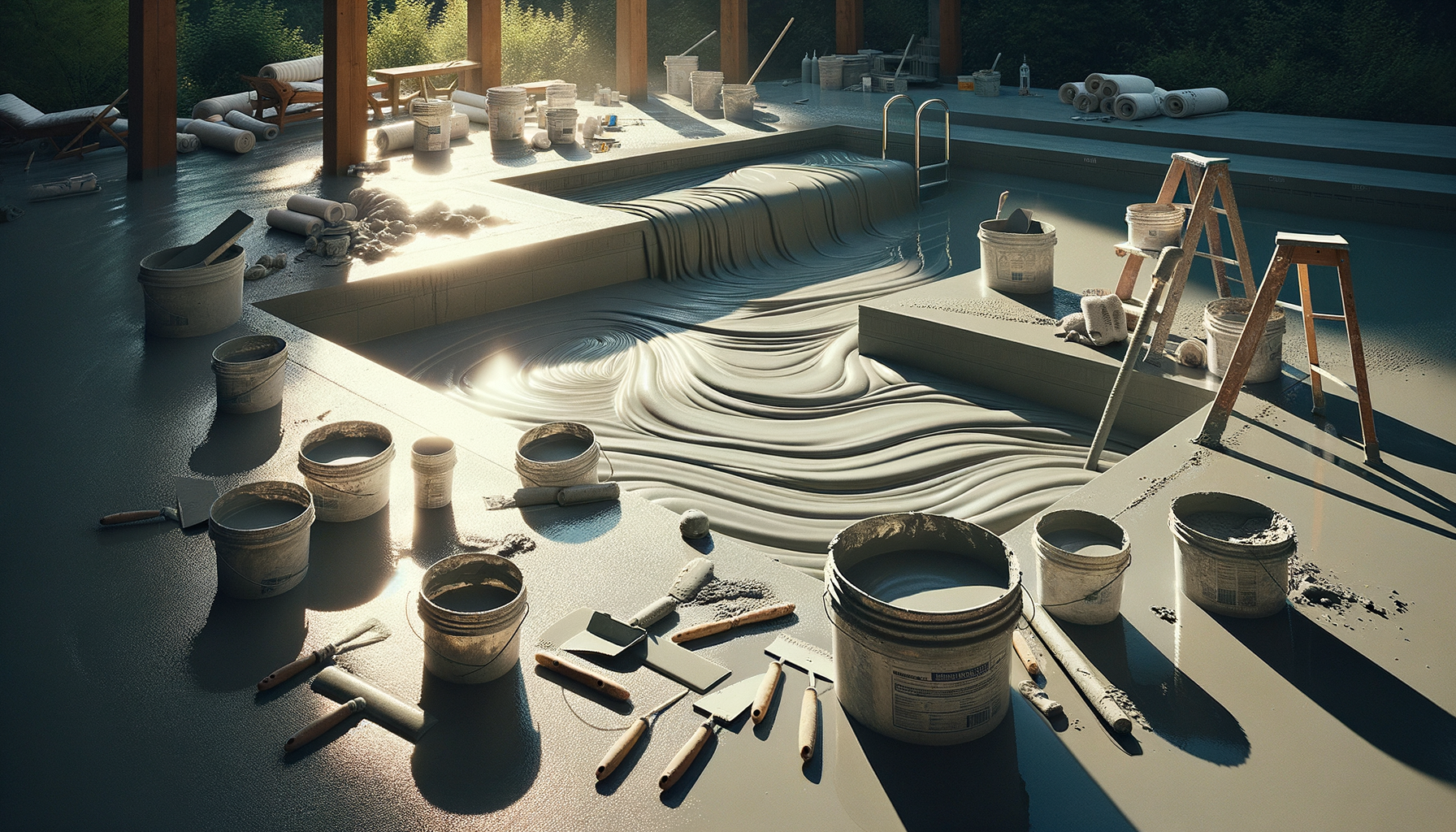
Understanding Pool Plastering: A Comprehensive Guide
Introduction to Pool Plastering
Pool plastering is an essential process in maintaining the structural and aesthetic integrity of swimming pools. It involves applying a protective layer to the pool’s surface, ensuring both durability and visual appeal. This guide explores the various aspects of pool plastering, from its significance to the methods and materials used, as well as maintenance tips to prolong the lifespan of your pool plaster. Whether you’re a pool owner or considering installing a new pool, understanding pool plastering is crucial for making informed decisions.
The Importance of Pool Plastering
Pool plastering plays a critical role in safeguarding the pool’s structure against the harsh effects of water and chemicals. The plaster acts as a barrier, preventing water from seeping into the concrete or gunite structure, which could lead to cracks and leaks over time. Additionally, pool plaster contributes to the pool’s aesthetic appeal, providing a smooth, inviting surface that enhances the overall swimming experience.
There are several benefits to investing in quality pool plastering:
- Protection: A well-applied plaster layer protects the pool from damage caused by water and chemical exposure.
- Aesthetics: Pool plaster can be tinted in various colors, allowing for customization to match your desired pool design.
- Durability: High-quality plaster can significantly extend the life of your pool, reducing the need for frequent repairs.
Given these advantages, pool plastering is not merely an optional enhancement but a necessary investment for pool longevity and enjoyment.
Types of Pool Plaster
When it comes to pool plastering, there are several options available, each with unique properties and benefits. The most common types include traditional white plaster, colored plaster, quartz, and pebble finishes.
Traditional White Plaster: This is the most economical choice and has been a staple in the pool industry for decades. It offers a classic look and smooth finish but may require more frequent maintenance compared to other options.
Colored Plaster: By adding pigments to the plaster mix, pool owners can achieve various hues, allowing for more personalized pool designs. While aesthetically pleasing, colored plaster can fade over time due to chemical exposure and UV rays.
Quartz Plaster: This plaster is infused with quartz aggregates, providing enhanced durability and resistance to staining. It offers a vibrant look and is often preferred for its longevity and low maintenance.
Pebble Finish: Known for its natural and textured appearance, pebble finishes are made by mixing small stones with plaster. This option is highly durable and slip-resistant, making it suitable for high-traffic pools.
Each plaster type has its pros and cons, so it’s essential to consider factors such as budget, desired aesthetics, and maintenance needs when selecting the right plaster for your pool.
The Pool Plastering Process
The process of pool plastering involves several steps, each crucial to achieving a smooth and durable finish. Understanding these steps can help pool owners appreciate the complexity and skill involved in pool plastering.
Preparation: Before plastering, the pool surface must be thoroughly cleaned and inspected for any structural issues. This step may include removing old plaster, repairing cracks, and applying a bonding agent to ensure the new plaster adheres properly.
Mixing and Application: The plaster mix is prepared according to the manufacturer’s specifications, ensuring the right consistency and color. The application is done by skilled professionals using trowels to spread the plaster evenly across the pool surface.
Smoothing and Finishing: Once applied, the plaster is smoothed out to eliminate any imperfections. This step is critical for achieving a uniform surface that is both visually appealing and comfortable for swimmers.
Curing: After application, the plaster needs time to cure. During this period, it’s essential to maintain proper water chemistry to prevent staining and ensure the plaster sets correctly.
The entire process requires precision and expertise, highlighting the importance of hiring experienced professionals for pool plastering projects.
Maintaining Your Pool Plaster
Proper maintenance is key to extending the life of your pool plaster and keeping it looking pristine. Regular care can prevent common issues such as staining, cracking, and discoloration.
Water Chemistry: Maintaining balanced water chemistry is crucial for preventing damage to the plaster surface. This includes monitoring pH levels, alkalinity, and calcium hardness to avoid corrosive or scaling conditions.
Regular Cleaning: Routine cleaning helps remove debris and prevent algae growth. Brushing the plaster surface with a pool brush can prevent dirt and minerals from settling into the plaster.
Timely Repairs: Addressing minor cracks or chips promptly can prevent them from developing into more significant issues. Regular inspections can help identify potential problems early.
Seasonal Draining: In some cases, draining the pool and performing a thorough cleaning can help remove stains and refresh the plaster surface. However, this should be done cautiously and preferably by professionals to avoid damaging the plaster.
By following these maintenance tips, pool owners can enjoy a beautiful and durable pool surface for many years.


